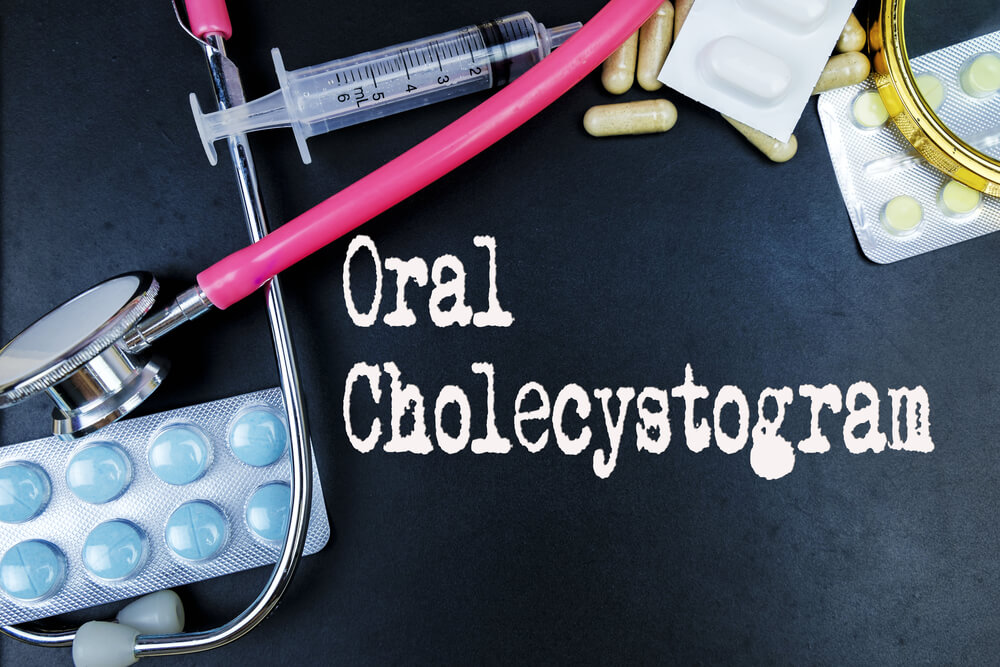Oral Cholecystogram is done when your gallbladder undergoes an x-ray examination. It involves intake of an oral medication and an iodine-based contrast solution `which makes your gallbladder visible in an x-ray. The gallbladder is responsible for digestion and absorption of food because of its fluid called bile.
This type of procedure is rare since the typical way of examining the gallbladder is through an abdominal ultrasound or a computer tomography (CT or CAT) scan, which is then followed by an endoscopic retrograde cholangiopancreatography or hepatobiliary scan.
Its sole purpose is to recognize gallbladder-related problems, its damage or inflammation of the gallbladder also known as cholecystitis, or abnormalities like gallstones or polyps. People who are experiencing other medical conditions such as kidney and liver disease, related chronic diseases, and those with severe reactions to iodine should not take the test. People who are pregnant or trying to get pregnant should also consult the doctor before taking the test.


